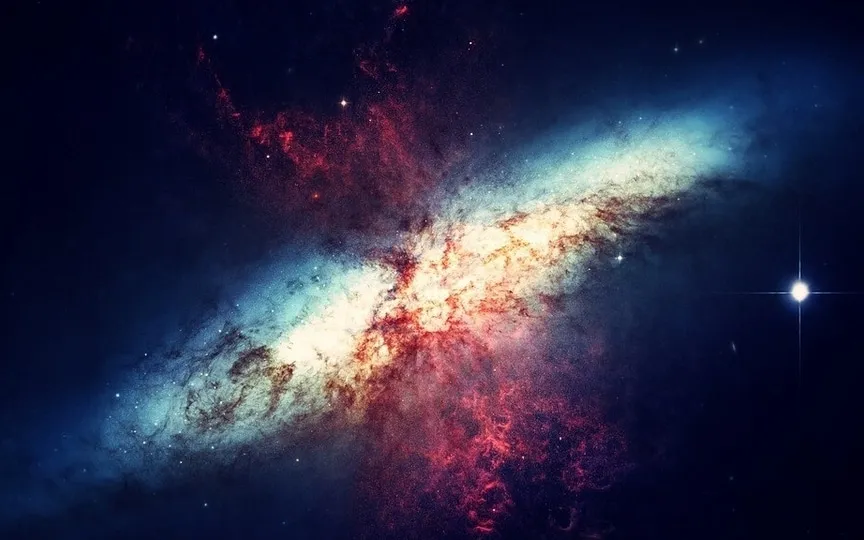Unlock the Universe: Gaia Observatory Mission Reveals Astronomical Discoveries!
According to Universe Today, the European Space Agency’s Gaia mission has released a new data release that is considered a significant contribution to the field of astronomy. Gaia’s main objective is to precisely measure the positions, motions, and distances of more than a billion stars, as well as study exoplanets. NASA states that Gaia will accurately detect and measure the movement of each star in its orbit around the galaxy’s center. Although Gaia may not produce visually stunning images like the Hubble Space Telescope or the James Webb Space Telescope, the data collected by the Gaia astronomical observatory mission has wide-ranging implications in various areas of astronomy.
In this release, the Gaia mission addressed deficiencies in previous coverage, particularly in regions densely packed with stars.
It turned its attention to globular clusters, including the massive Omega Centauri, located 17,000 light-years away and containing about 10 million stars.
Gaia’s design mode, not originally intended for scientific use, proved valuable in mapping Omega Centauri, revealing stars too close to distinguish in their normal state.
These data allow a better understanding of the structure of the cluster, the distribution and motion of the stars.
The publication also revealed Gaia’s discovery of gravitational lenses, which helped astronomers observe distant objects by magnifying light through massive gravitational objects.
Gaia identified nearly 400 candidate quasars, 50 of which are highly probable, providing a valuable resource for cosmologists.
Additionally, Gaia improved the accuracy of asteroid orbits by observing them for longer periods of time, aiding in planetary defense and scientific research.
The Gaia Observatory data release also included information on 10,000 variable stars, furthering our understanding of stellar properties and cosmic distances. Although basic Gaia data do not generate viral images, they continue to play a crucial role in advancing various fields of astronomy and astrophysics.
According to NASA, the Gaia Astronomical Observatory mission “…aims to create the largest, most accurate three-dimensional map of the Milky Way by surveying about 1% of the galaxy’s 100 billion stars.”




